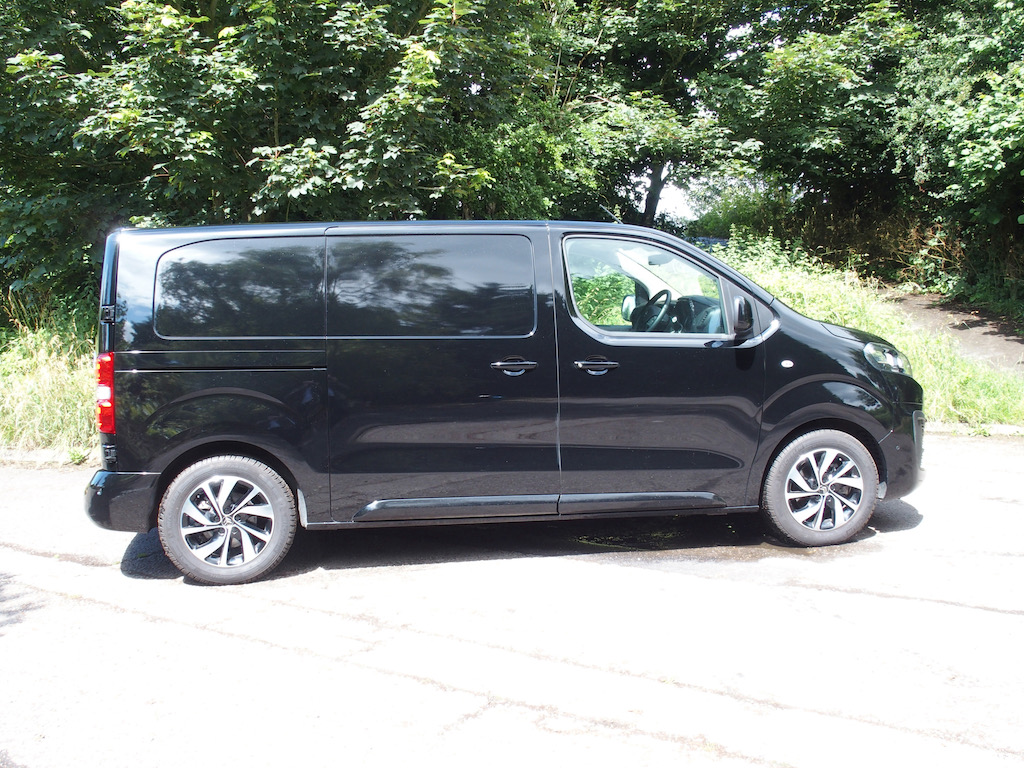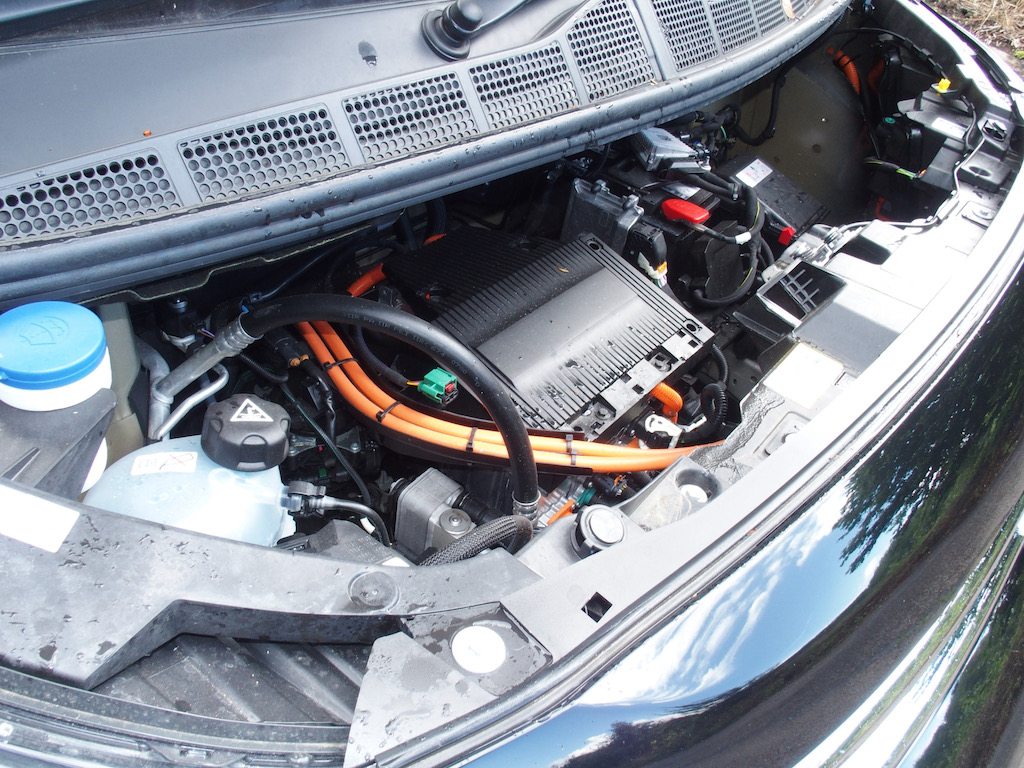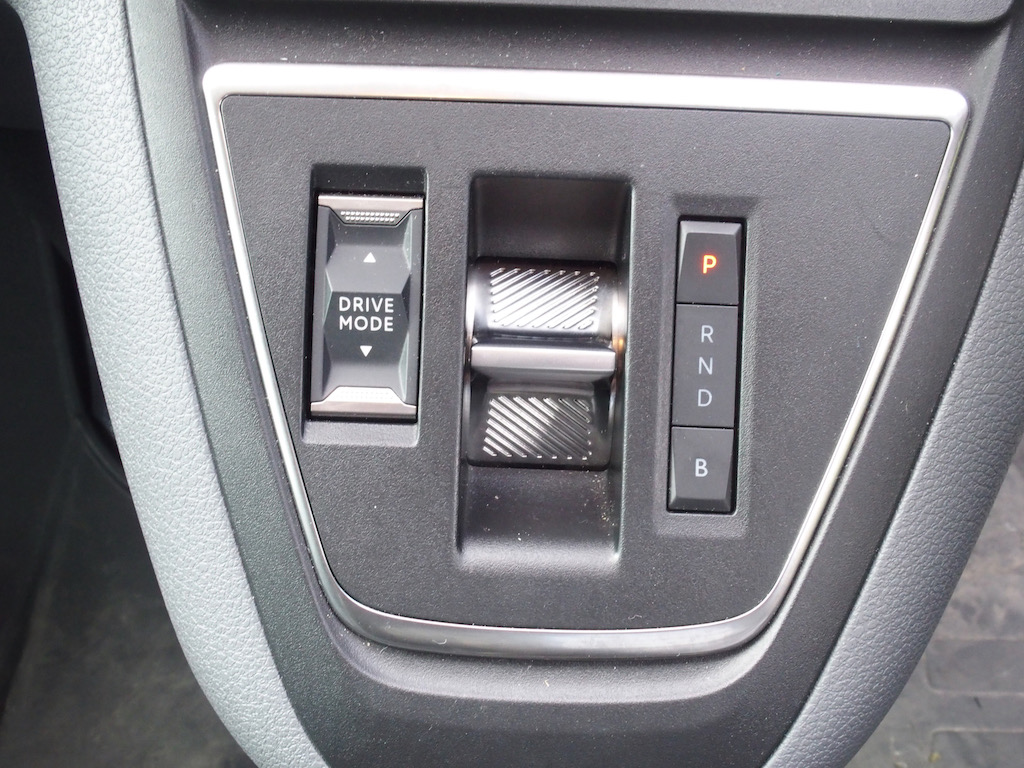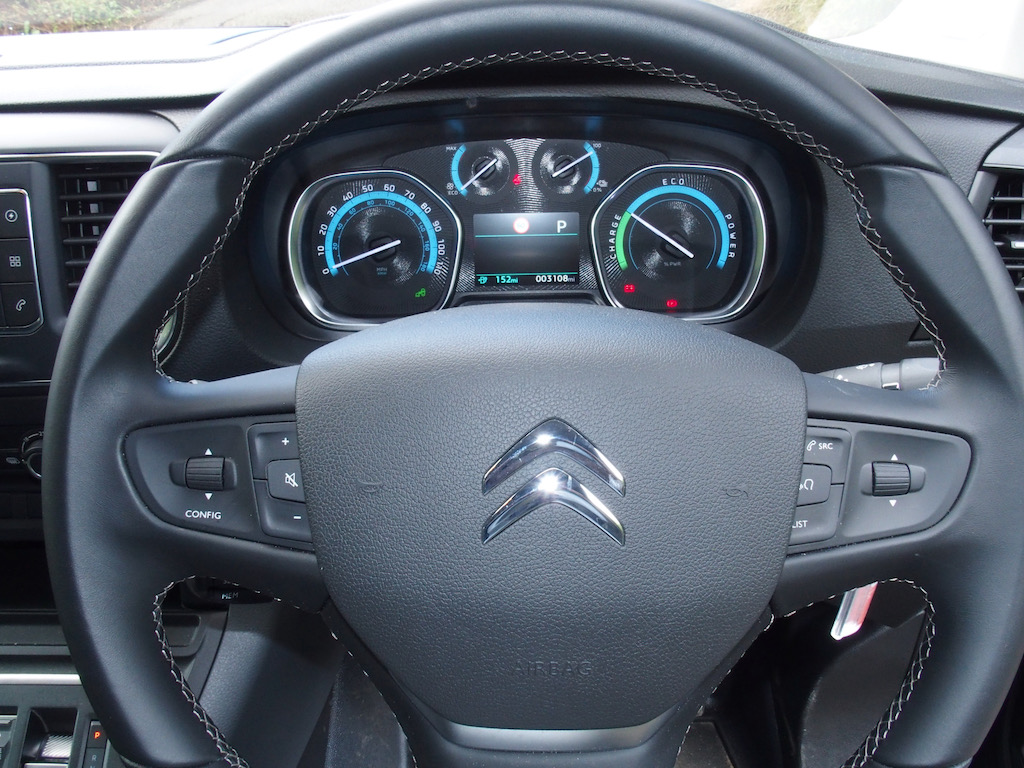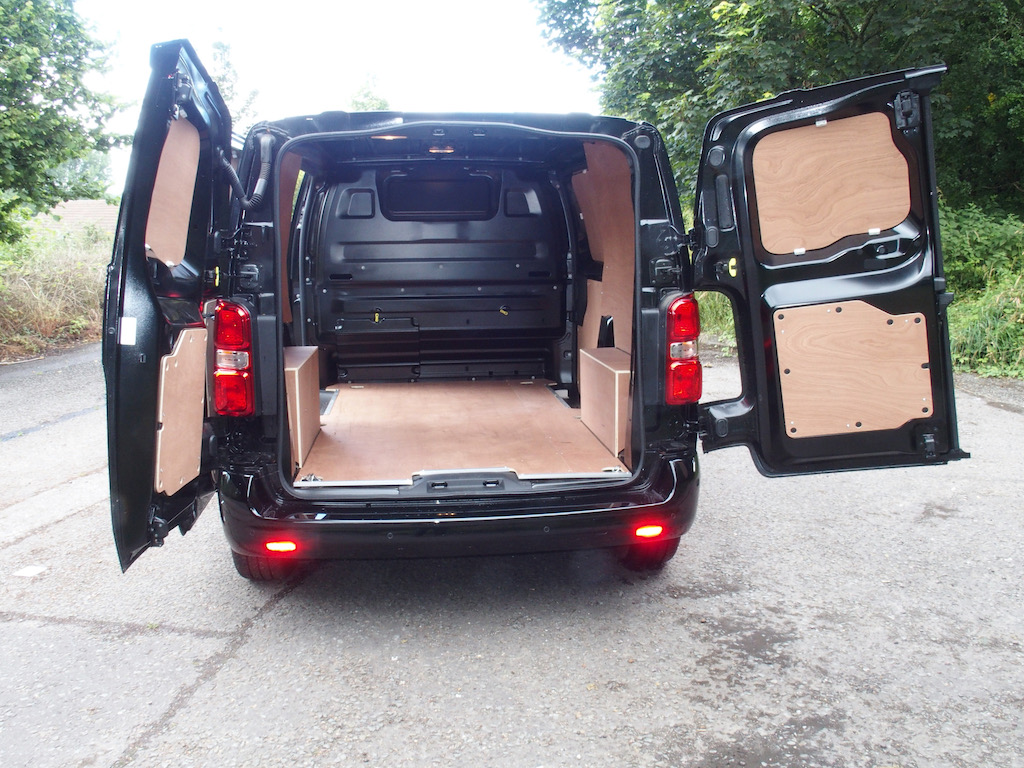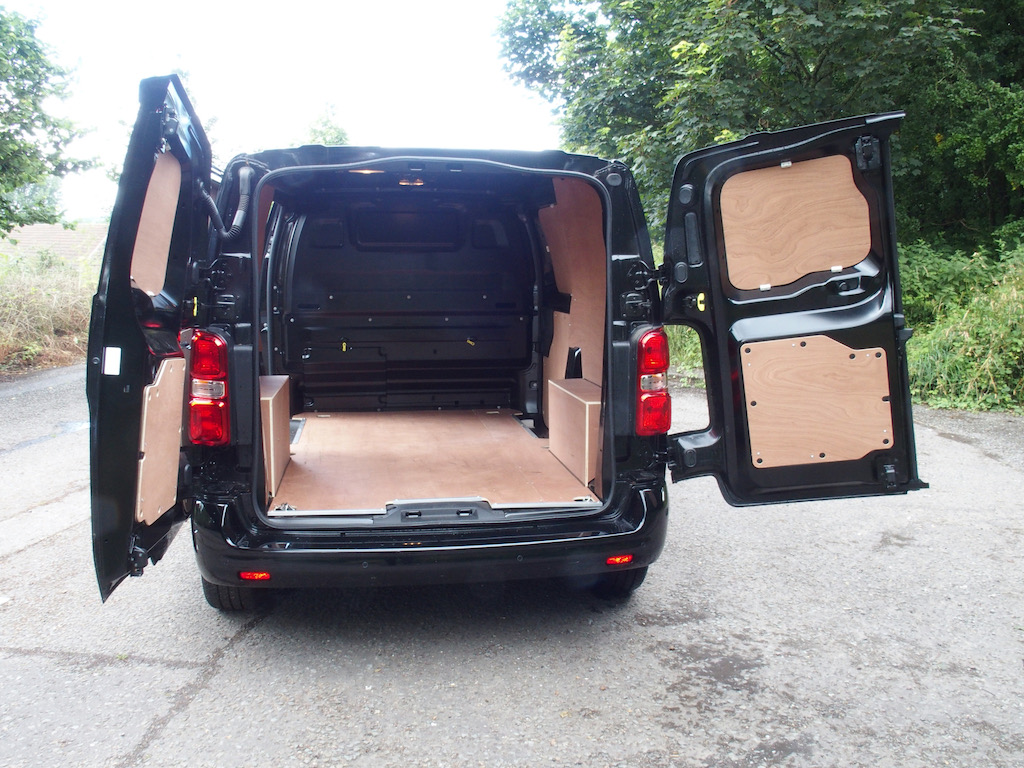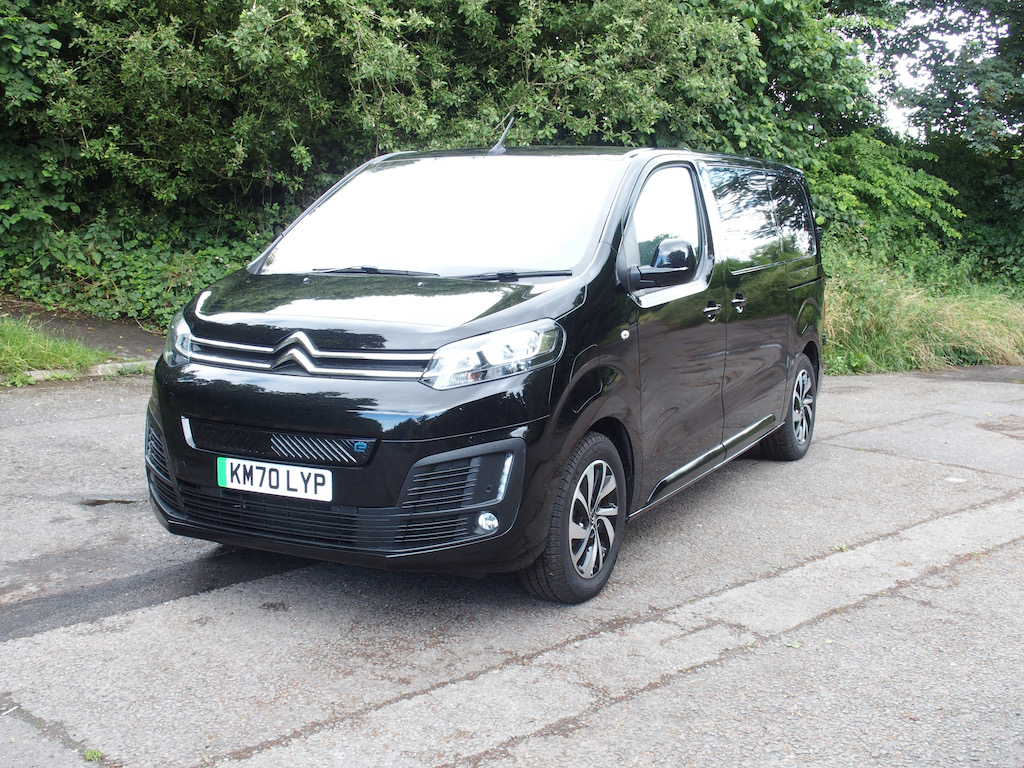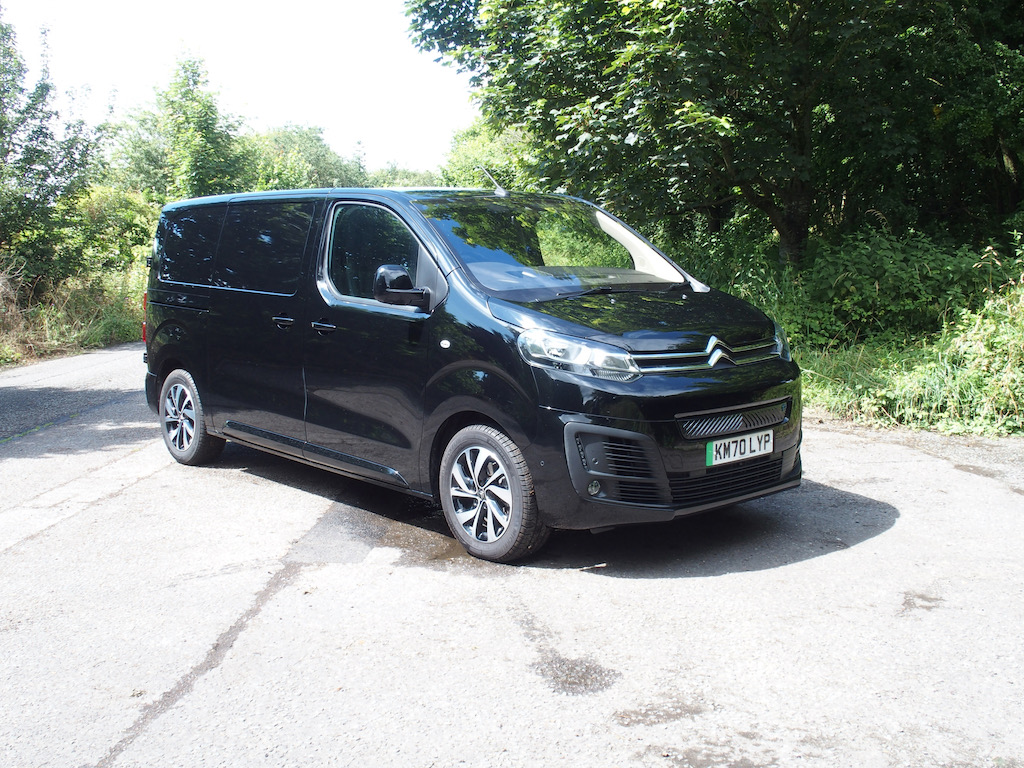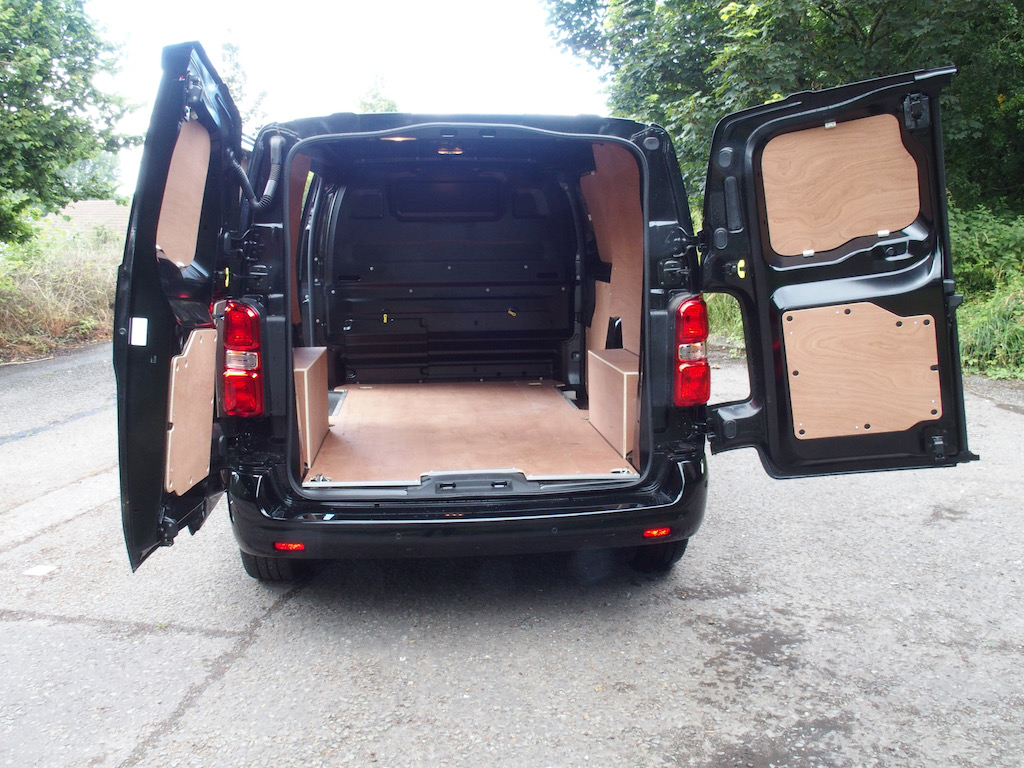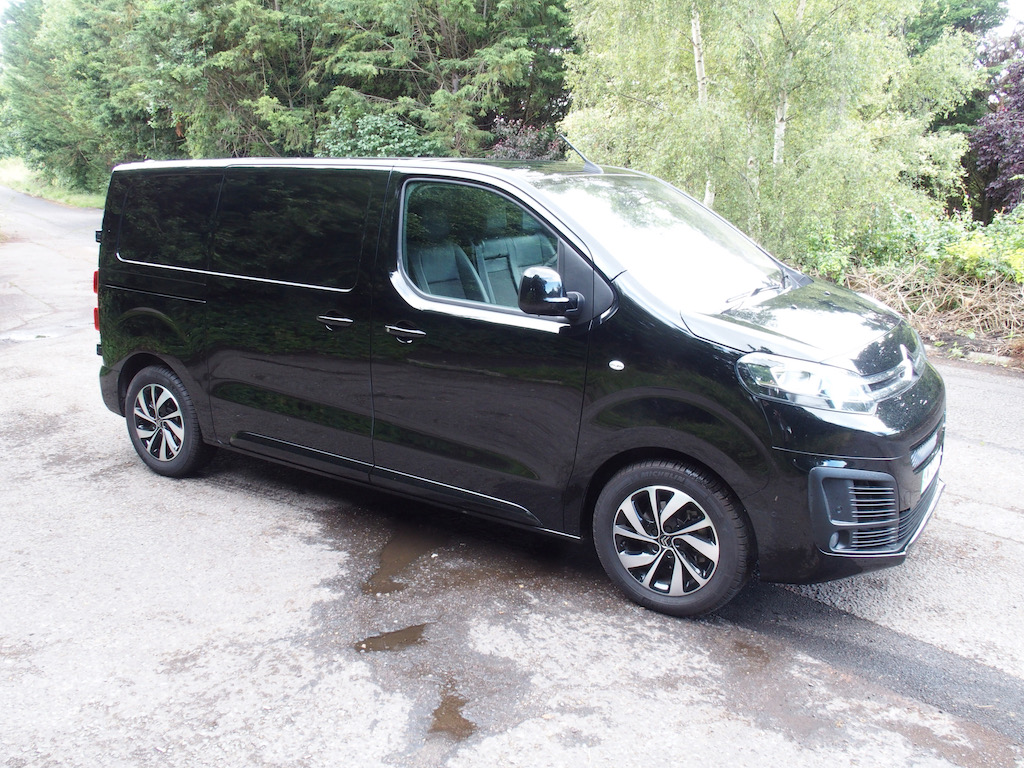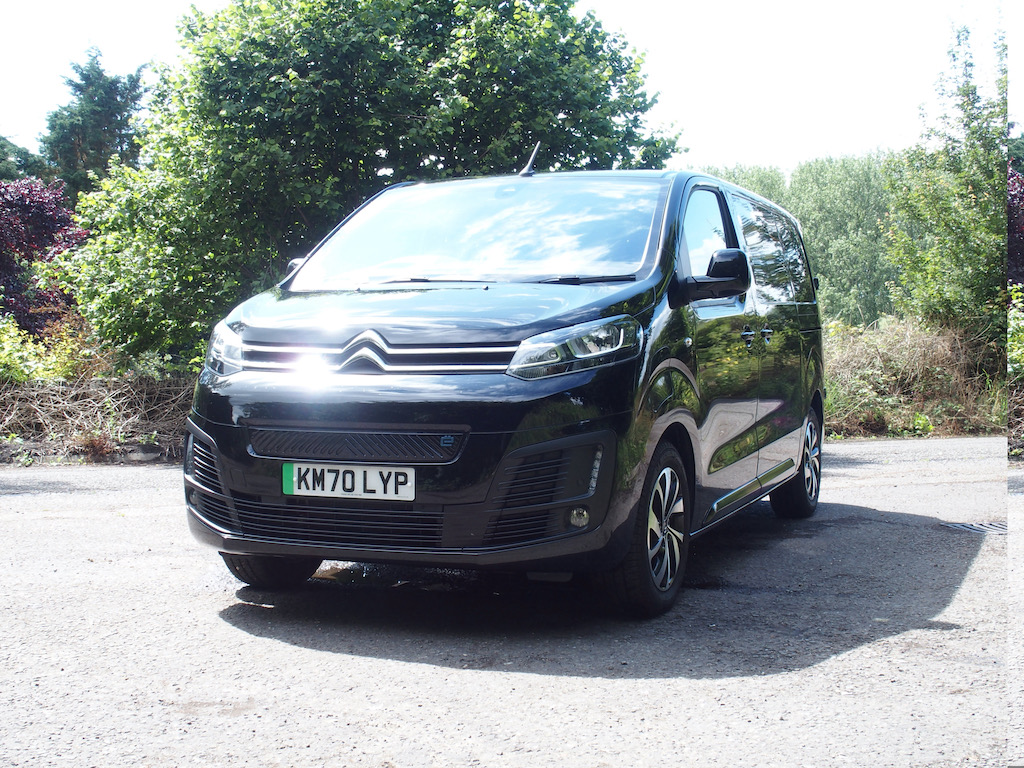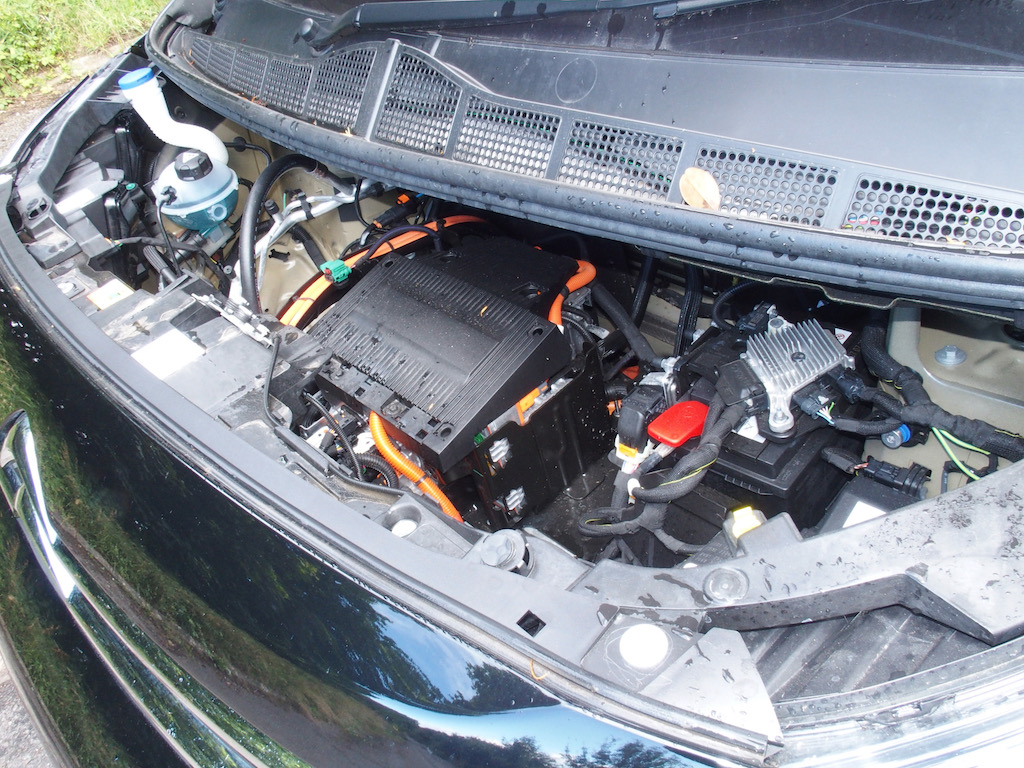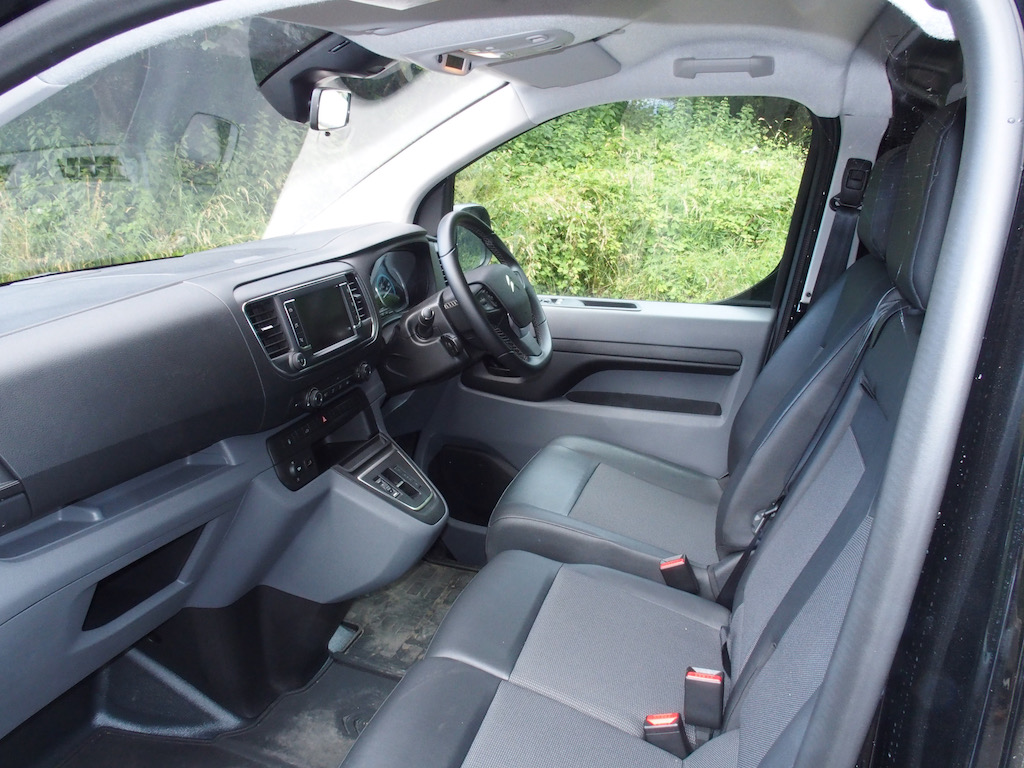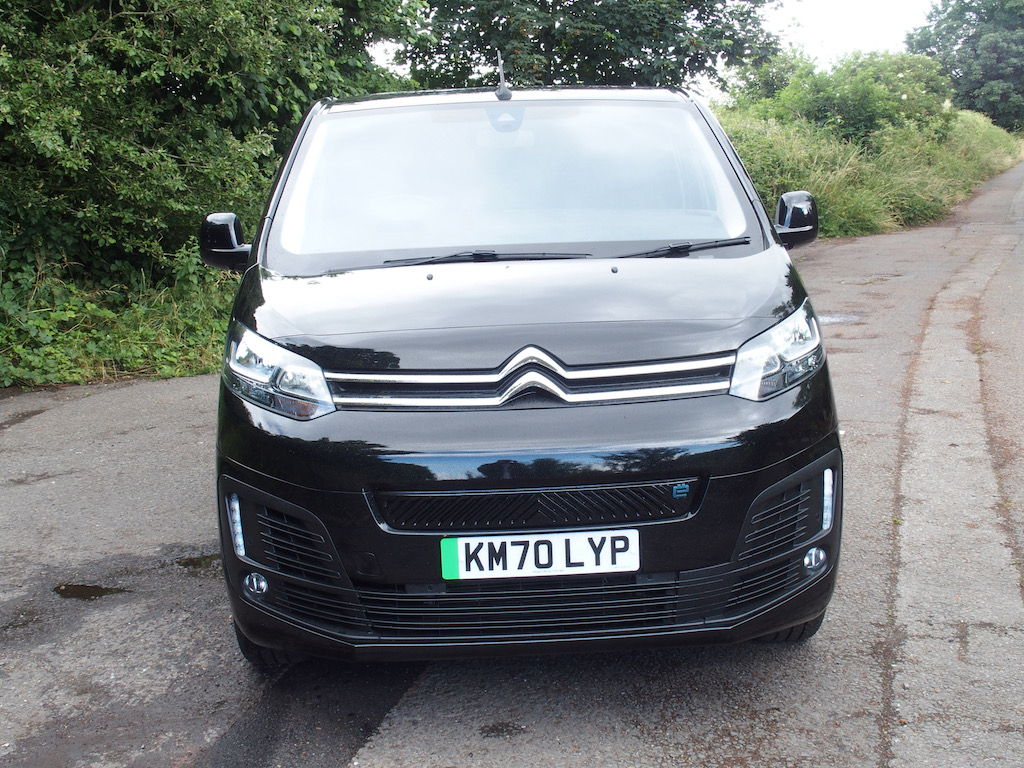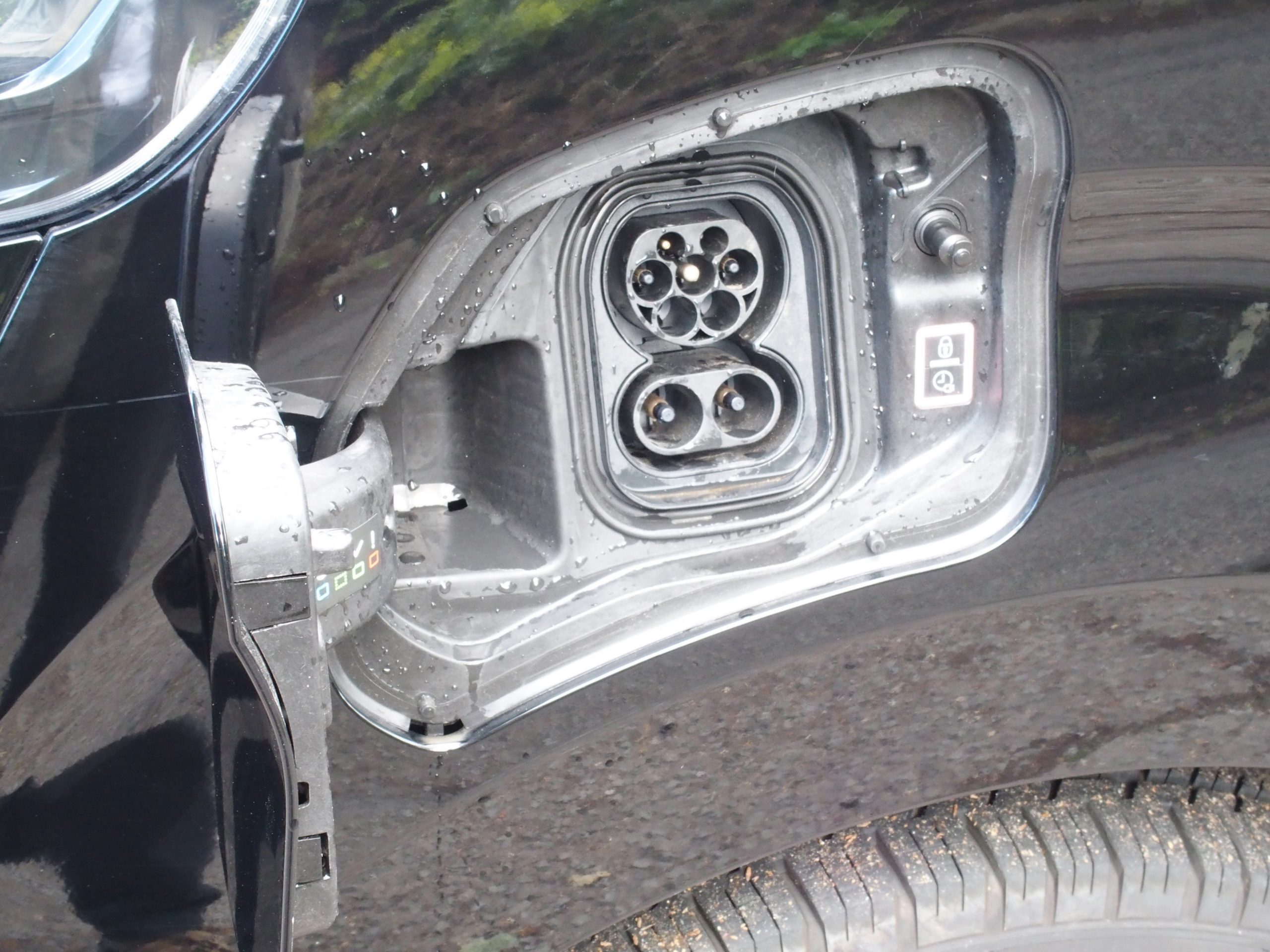Our long-term Citroën ë-Dispatch fully electric van gets thoroughly put to the test by Van Fleet World editor John Kendall.
PRICE: £42,380 (MRRP ex-VAT and plug-in grant) OFFICIAL RANGE: 211 miles (WLTP) MAX INDICATIVE PAYLOAD: 1,000kg LOAD VOLUME: 5.8m3
CHARGING TIMES: 32A 7.4kW wallbox – 11h 20min. 100kW DC rapid charge – 45 minutes (15-80%t battery capacity)
Only last week Vauxhall announced that by 2028, all its cars and vans will be solely electrically powered and it can only be a matter of time before others follow. If all new cars and vans are to be electrically powered by 2030, 2028 has to be the target date for such transformations to ensure that manufacturers are ready in time.
Until recently, the choice of electric vans, meaning those with a reasonable battery range, has been limited. Too many larger vans, based on older models, were not designed with battery power in mind and as a result, models like the Mercedes eSprinter, MAN eTGE and VW eTransporter 6.1 have quite restricted ranges. While that may suit a number of operators who do not travel far in a day, there are plenty of van operators that cover high mileages.
It was the arrival of the smaller SEVEL models, the Citroën ë-Dispatch and Peugeot e-Expert, followed by the Vauxhall Vivaro-e and Toyota Proace Electric variants that changed the game, offering ranges of up to 211 miles on a full charge. Keen Stellantis watchers will note that since the FCA and PSA Groups merged to form Stellantis, Fiat’s medium van is still the Renault Trafic-based Talento. It can only be a matter of time (and at the moment, parts supply availability) before there’s a Fiat version too, perhaps the return of the Scudo? Five models off one base vehicle helps to ensure that pricing can be competitive.
Although Van Fleet World has driven many electric vans over the years, we have never lived with one on a long-term basis, so when Citroën suggested that we try an ë-Dispatch, it seemed to us to be the right van at the right time. We opted for the 75kWh version, offering the larger battery pack and a range of up to 211 miles (WLTP combined). Those with a 50kWh battery offer a shorter range up to 143 miles (WLTP combined). We reckoned the 211-mile range would give us plenty of opportunity to live with the van on short- and long-distance runs to see what the experience is like.
First impressions were good. As with every electric vehicle I have driven, the absence of engine noise is a real bonus and perhaps even more so in a van, where the van body can act as an echo chamber. Like all Dispatch models, the ë-Dispatch is fitted with a full steel bulkhead behind the cab, which helps to blank out most noise from the body.
The van has a 1,000kg payload, similar to conventionally powered models, and the underfloor battery pack ensures that the load area remains the same at 5.8m3 too.
Driver spec ensures that the ë-Dispatch is well kitted out. Equipment includes the Moduwork load-through flap in the steel bulkhead, Safety Pack and Drive Assist Pack, air conditioning, electrically folding and heated door mirrors, underseat storage, seven-inch colour touchscreen with mirror screen and navigation, and low-speed audible warning. The only fitted option is 17-inch ‘Curve’ alloy wheels.
There are three drive modes – power, normal and eco – and the single-speed transmission, which operates like an automatic, makes driving simple. A button marked ‘B’ on the transmission selector panel gives additional regenerative braking when selected, so every time you lift off, the battery gets a better rate of charge. It doesn’t work when the battery is fully charged, as it’s not needed, but soon kicks in as you use up the power. Normal is the default setting but choosing ‘Eco’ doesn’t take too much away from performance. If you are looking to maximise range, the combination of Eco and B is a good one.
In short, it’s easy to drive and undramatic. I have undertaken some 120-mile runs and you soon learn a few lessons. The ë-Dispatch will cruise at 70mph, but if you do that, you can watch the range reduce rapidly, so cutting back motorway speed to around 60mph is a good idea.
If you need to recharge en-route, it needs some careful planning, using apps like Zap Map to help find chargers along the way. You will also need to factor in the 45 minutes to an hour to rapid charge and provide about 80% of the range. So far, I haven’t got the fully charged level above 193 miles indicated and that’s in Eco mode, which adds a few miles to the range. In Normal mode it’s around 185 miles.
Is it an acceptable alternative to diesel power? Yes definitely, but fleets would have to do some TCO planning to make sure it works for them.
Charging
Before we welcomed our Perla Nera Black ë-Dispatch Driver, we needed to sort out a charging point. Even with the recommended 7.4kW wallbox charger, the ë-Dispatch takes over 11 hours to recharge. If you only have access to a 13A socket, you can look forward to roughly doubling that time. For businesses with access to three-phase power, an 11kW wallbox will bring the charge time down to seven hours and using a 100kW rapid charger will enable charging from 15% to 80% battery capacity in 45 minutes.
Pod Point is Citroën’s charge point partner and the company supplied a 7.4kW charge point for the purpose. I should add that when I installed a garden office a few years ago, I arranged with my electrician to ensure that there was a 32A power supply available to make installing a charge point relatively simple. It wasn’t completely straightforward just the same, but possibly easier than adding it to a domestic electrical circuit. Pod Point wanted to ensure that a continuous 7.4kW supply – the rough equivalent of running a low-powered electrical shower continuously for 11 hours – didn’t cause problems with the rest of the household electrical supply.
I opted for a Pod Point Universal Charger, sometimes referred to as an untethered charger, which is the type that is not supplied with an attached charge cable. This is because test vehicles could be supplied with different connectors and although the type 2 charge connectors are becoming more standardised, we’re not there yet. Alternatively, Pod Point could supply a tethered charger with the correct connector for the car or van concerned. Most manufacturers have a charge point partner so if you take the electric route and you can install a charge point, the process should be relatively easy and if you buy a new vehicle, you will be eligible for a grant towards the cost of the charge point, while funding lasts.
Just as you can programme the vehicle charging using the touchscreen in the cab or via the My Citroën app, you can also programme charging using the Pod Point app, which can also be used to pay for charging at Pod Point public chargers. You can also track the cost of charging your vehicle from the app by adding your electricity cost rate to the app, which would be helpful if you are reclaiming the costs.
Luckily the ë-Dispatch was supplied with a 7m charge cable. The Pod Point is installed just inside my garage and vehicles have to be reversed on to the drive. The cable is long enough to reach from behind the van to the charging connector on the front nearside wing.


